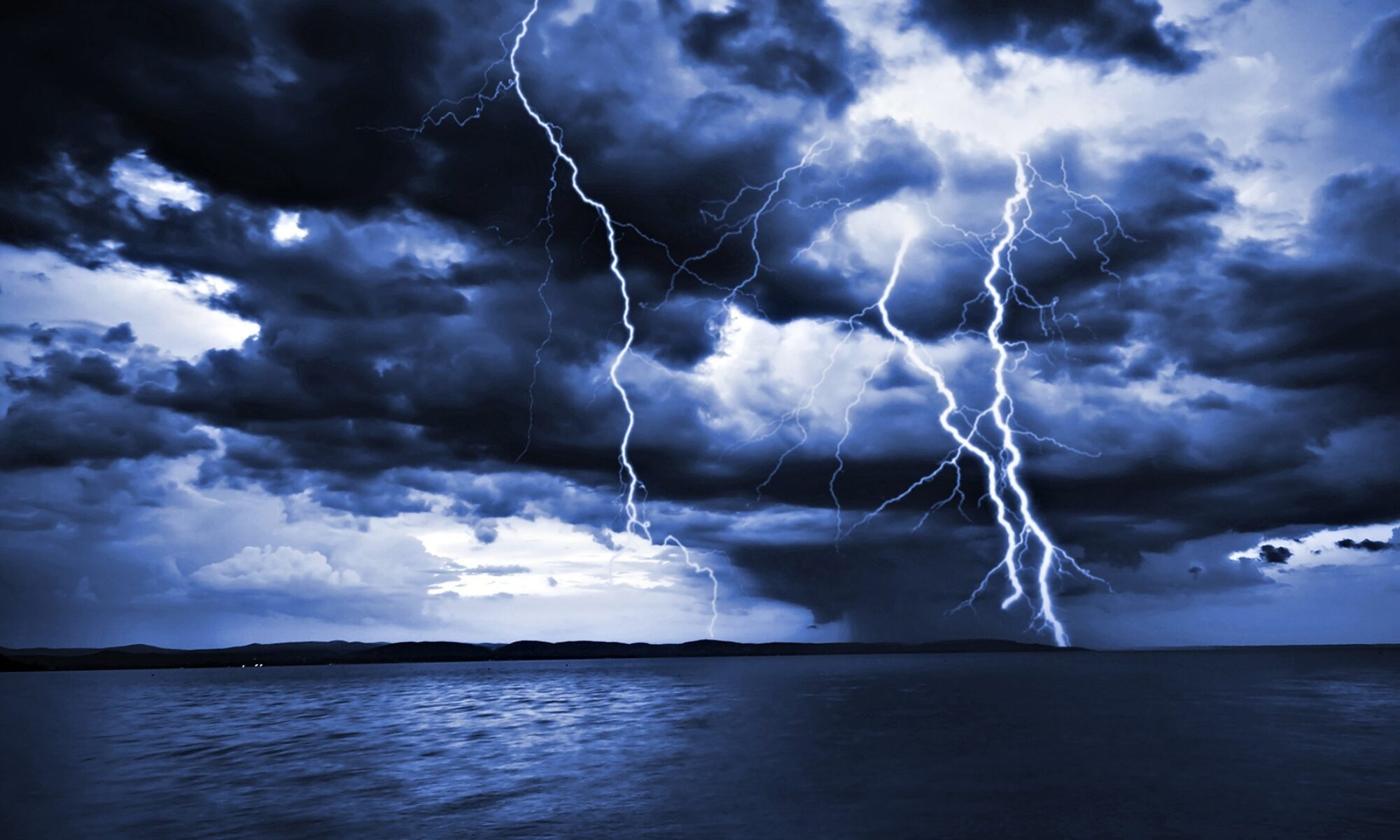Named Storm Nicole formed in the west central Atlantic over a week ago, at the same time that Hurricane Matthew was flooding part of the US east coast. Named Storm Nicole has been essentially stationary and has been going back and forth between Tropical Storm and Hurricane status, but is now forecast to become a Major Category Hurricane and start movement to the northeast. While this storm will not be affecting the US coastline, it will be affecting Bermuda as a Major Hurricane within 24 to 36 hours. Persons in Bermuda and all cruise line ships should be aware of this hazardous storm.
Hurricane Matthew 2016 – Recap
Tropical Weather Situation Update 1 PM EDT Tuesday, Oct. 4, 2016
Hurricane Matthew – Unofficial Update Oct. 3 @ 7PM EDT
UPDATE: Hurricane Matthew – 2016 (3:45 AM EDT, September 30)
==================================================
“These are not official advisories. These updates and advisories are based upon information from our own computer models, NOAA, Local Weather Data Centers, deep water Buoy Data, and other publicly available sources. FOR THE SAFETY OF YOUR PROPERTY AND PERSON, please refer to your Local, State, and Federal Authority updates for Official Advisories and Orders. For up to the minute advisories and official updates, it is essential that you monitor your local Emergency Government, NOAA and Local Media Broadcasts. Please do not make personal safety decisions based upon information presented here.”
Tropical Storm Research Center, Gulf Shores, Alabama
=============================================
Named Storm Matthew – 2016
Tropical Storm Matthew formed near the Windward Islands from a tropical low pressure wave. This storm is currently somewhat unpredictable due to a potential interaction with a cold front and low pressure area that is moving off the US Southeast coast. However, we are suggesting that all persons along the Gulf Coast, all of Florida and the East Coast of the US monitor the progress of this storm for safety reasons and early planning. We are monitoring it’s progress and will post updates as necessary.
UPDATE September 29: The National Hurricane Center has upgraded Matthew to Hurricane status. Multi Agency tracking projections are hinting that the low pressure area that is moving off the US East Coast will steer this system northerly and then northeast. However, the timing of this interaction is critical and we are still suggesting that everyone along the Gulf and East Coasts of the US monitor this Hurricane through the National Hurricane Center website URL below –
Named Storm Lisa – 2016
Tropical Storm Lisa developed from Tropical Depression 13 in the east central Atlantic. This storm will be encountering some unfavorable conditions over the next 4 days and may weaken back to a depression level. This storm will be directed northerly and then northeasterly back out to sea within 6 days. Since Tropical Storm Lisa will not be a threat to the coastal US, this will be our only mention of this storm. IF an unexpected track change occurs, we may post an update.
Named Storm Karl – 2016
Tropical Storm Karl formed in the central Atlantic from a strong low pressure area (Tropical Depression Twelve.) Karl is moving west at 15 MPH and will most likely be located north of the Leeward Islands by mid week. The system is encountering some upper level shear and some drier air to it’s north which is lessening the chances of immediate intensification. However, by mid week, this system will be in a more favorable environment and could reach hurricane strength. Even though it is very early in this storm’s formation, we are suggesting that everyone from South Florida to New England along the US East Coast monitor the progress of this storm. We are monitoring this Tropical system and will add details to this unofficial advisory if the storm threatens the coastal US.
